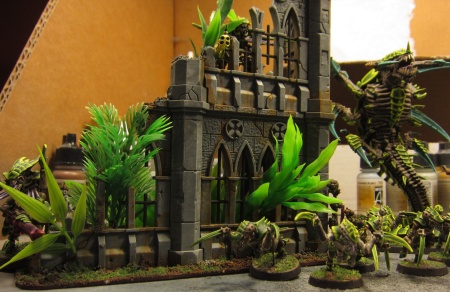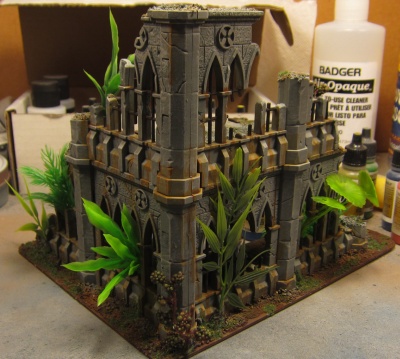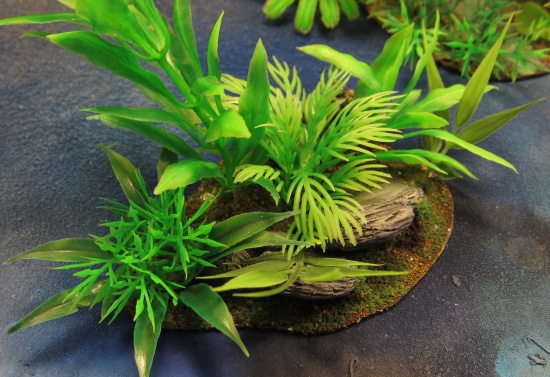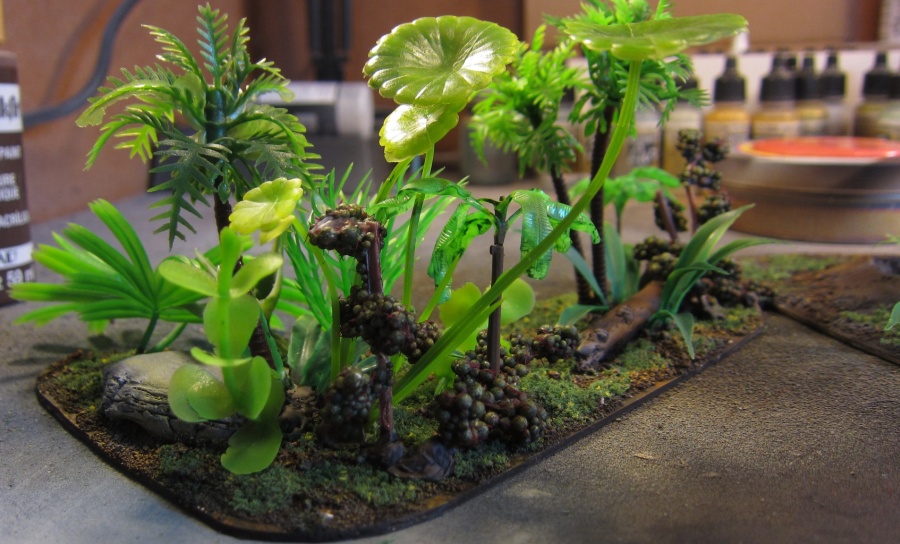





















 Following drying everything, I sprayed on primer, then did the dark brown for the base, a dark gray on the building, a lighter highlight on the building, and then touched up the brown base and did a single highlight layer on it. This let me control the overspray on the building on parts where the airbrush didn't have great access. Next up is drybrushing, a sort of orchre yellow on the dirt and a light gray-white on the building. Following that, I blended some brown, red, and orange to get a fully-oxidized iron (rust) color and painted the muntins (the bars between the panes of the windows, if there were any glass) as well as the girder bars holding up the second level. I went back to touch up some of the walls to finish off the basic paint job.
Following drying everything, I sprayed on primer, then did the dark brown for the base, a dark gray on the building, a lighter highlight on the building, and then touched up the brown base and did a single highlight layer on it. This let me control the overspray on the building on parts where the airbrush didn't have great access. Next up is drybrushing, a sort of orchre yellow on the dirt and a light gray-white on the building. Following that, I blended some brown, red, and orange to get a fully-oxidized iron (rust) color and painted the muntins (the bars between the panes of the windows, if there were any glass) as well as the girder bars holding up the second level. I went back to touch up some of the walls to finish off the basic paint job.












